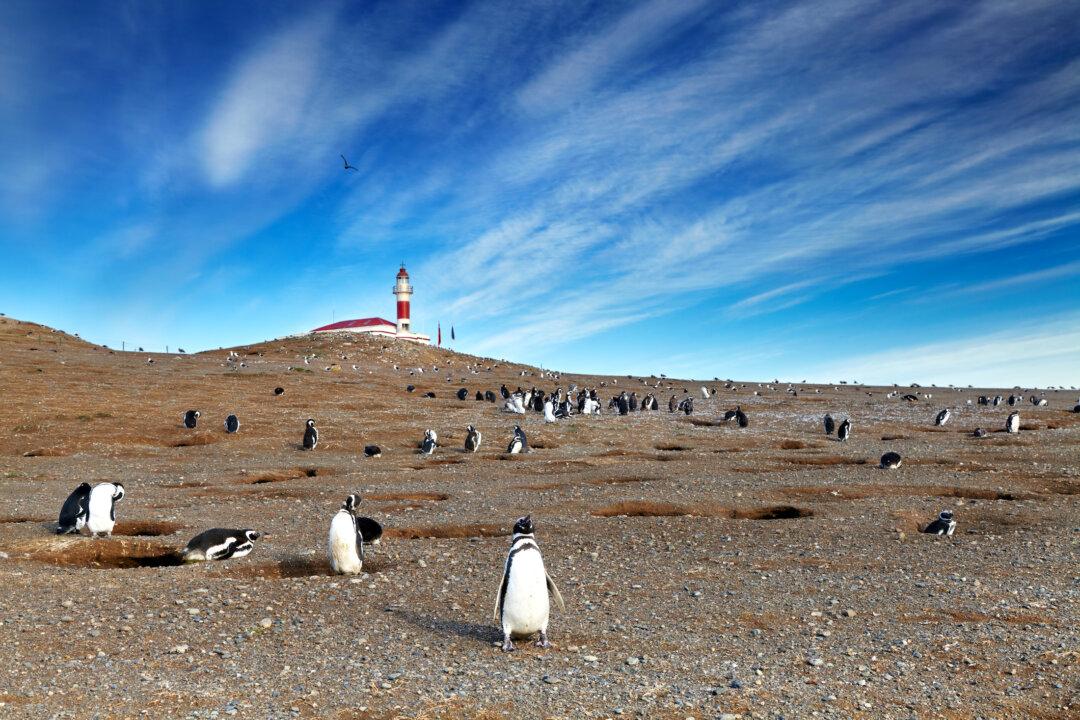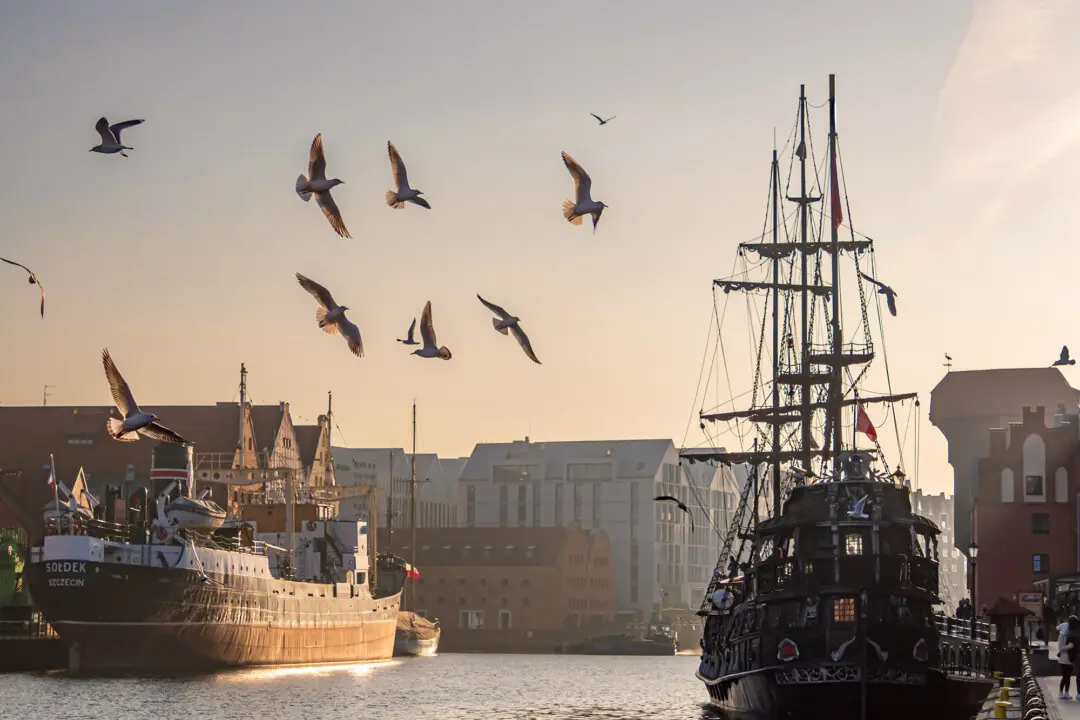It was a fine day for a catamaran cruise. As we cast lines and slid into the dark flow of the channel, the southernmost city in Chile fading behind us, we didn’t have to sail far to find some pretty wondrous wildlife. In a rapid-fire sequence of just two minutes, an orca popped its head up in our wake. Then, a solitary dolphin jumped off our starboard side. And finally, a sea lion, swimming along, eyed us just a little suspiciously.
In some ways, this stretch of the Strait of Magellan, a 350-mile waterway that runs across the end of South America, is an intersection of worlds.





